Growing Awareness and Education
The growing awareness and education surrounding Patent Ductus Arteriosus are pivotal in driving the Patent Ductus Arteriosus Treatment Market. Increased efforts by healthcare organizations to educate both medical professionals and the public about PDA have led to earlier detection and treatment. Campaigns aimed at raising awareness about the symptoms and risks associated with PDA are crucial in ensuring timely medical intervention. Furthermore, as more healthcare providers become knowledgeable about the latest treatment options, the likelihood of adopting advanced therapies increases. This heightened awareness not only facilitates better patient outcomes but also stimulates demand within the Patent Ductus Arteriosus Treatment Market, as more individuals seek effective solutions for this condition.
Increasing Healthcare Expenditure
The rise in healthcare expenditure across various regions is a significant driver for the Patent Ductus Arteriosus Treatment Market. As governments and private sectors allocate more funds towards healthcare, there is a corresponding increase in the availability of advanced treatment options for PDA. This financial commitment enables healthcare facilities to invest in state-of-the-art medical equipment and training for healthcare professionals, which is essential for the effective management of PDA. Moreover, higher healthcare spending often correlates with improved access to specialized care, leading to earlier diagnosis and treatment of PDA. As a result, the Patent Ductus Arteriosus Treatment Market is likely to benefit from this trend, as more patients gain access to necessary interventions.
Advancements in Medical Technology
Technological innovations in the field of cardiology are significantly influencing the Patent Ductus Arteriosus Treatment Market. The development of minimally invasive techniques, such as catheter-based interventions, has revolutionized the treatment landscape for PDA. These advancements not only reduce recovery times but also minimize complications associated with traditional surgical methods. For instance, the introduction of devices like occluders has shown promising results in closing the ductus arteriosus effectively. As these technologies continue to evolve, they are likely to enhance the efficacy and safety of PDA treatments, thereby attracting more healthcare providers to adopt these methods. Consequently, the Patent Ductus Arteriosus Treatment Market is expected to experience substantial growth as these innovative solutions become more widely available.
Regulatory Support for Innovative Treatments
Regulatory bodies are increasingly supporting the development and approval of innovative treatments for Patent Ductus Arteriosus, which serves as a key driver for the Patent Ductus Arteriosus Treatment Market. Streamlined approval processes and incentives for research and development are encouraging pharmaceutical and medical device companies to invest in new therapies. This regulatory support is particularly important for the introduction of novel drugs and devices that can offer improved efficacy and safety profiles compared to existing treatments. As these innovations receive regulatory backing, they are likely to gain traction in the market, thereby enhancing treatment options for patients with PDA. Consequently, the Patent Ductus Arteriosus Treatment Market is poised for growth as new therapies emerge and gain acceptance.
Rising Incidence of Patent Ductus Arteriosus
The increasing prevalence of Patent Ductus Arteriosus (PDA) among neonates and infants is a primary driver for the Patent Ductus Arteriosus Treatment Market. Studies indicate that PDA occurs in approximately 5-10% of premature infants, leading to a heightened demand for effective treatment options. As awareness of this condition grows, healthcare providers are more likely to diagnose and treat PDA early, which could potentially lead to improved patient outcomes. This rising incidence necessitates advancements in treatment modalities, thereby propelling the market forward. Furthermore, the growing population of preterm births globally contributes to the increasing number of PDA cases, which in turn stimulates the demand for innovative therapies and interventions in the Patent Ductus Arteriosus Treatment Market.


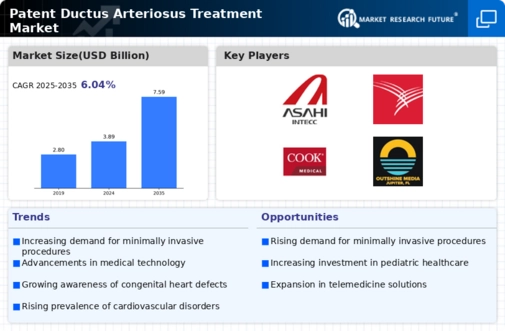
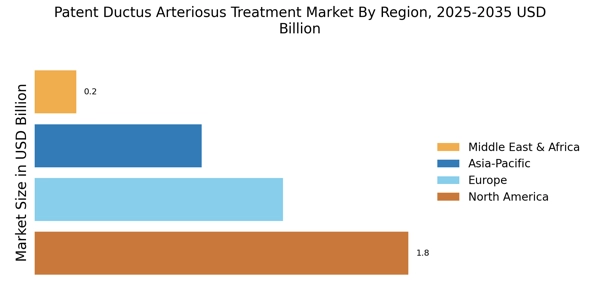


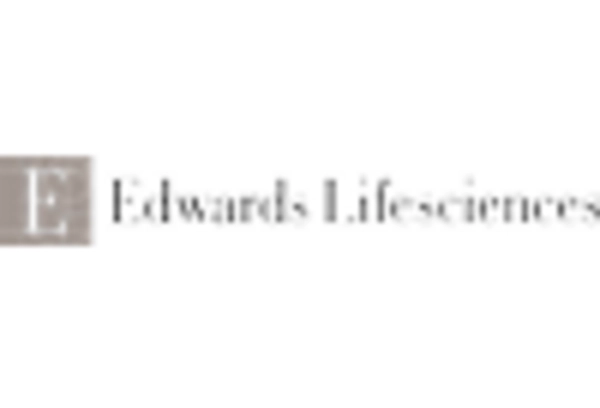

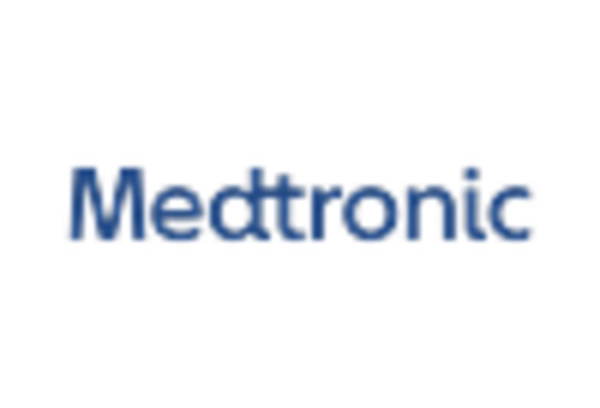
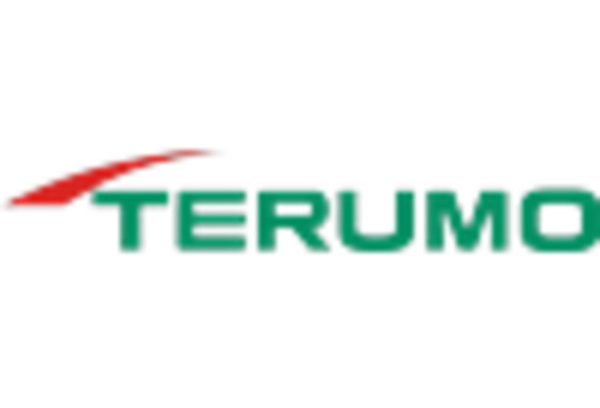








Leave a Comment